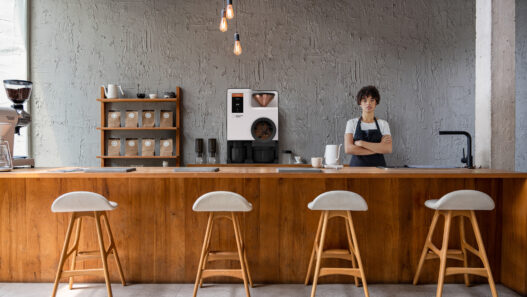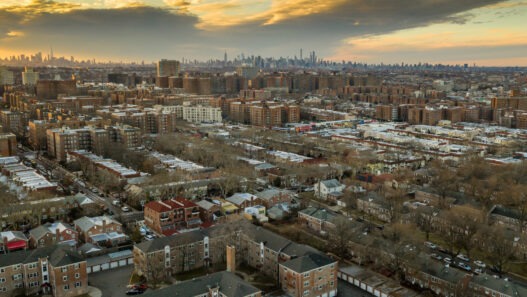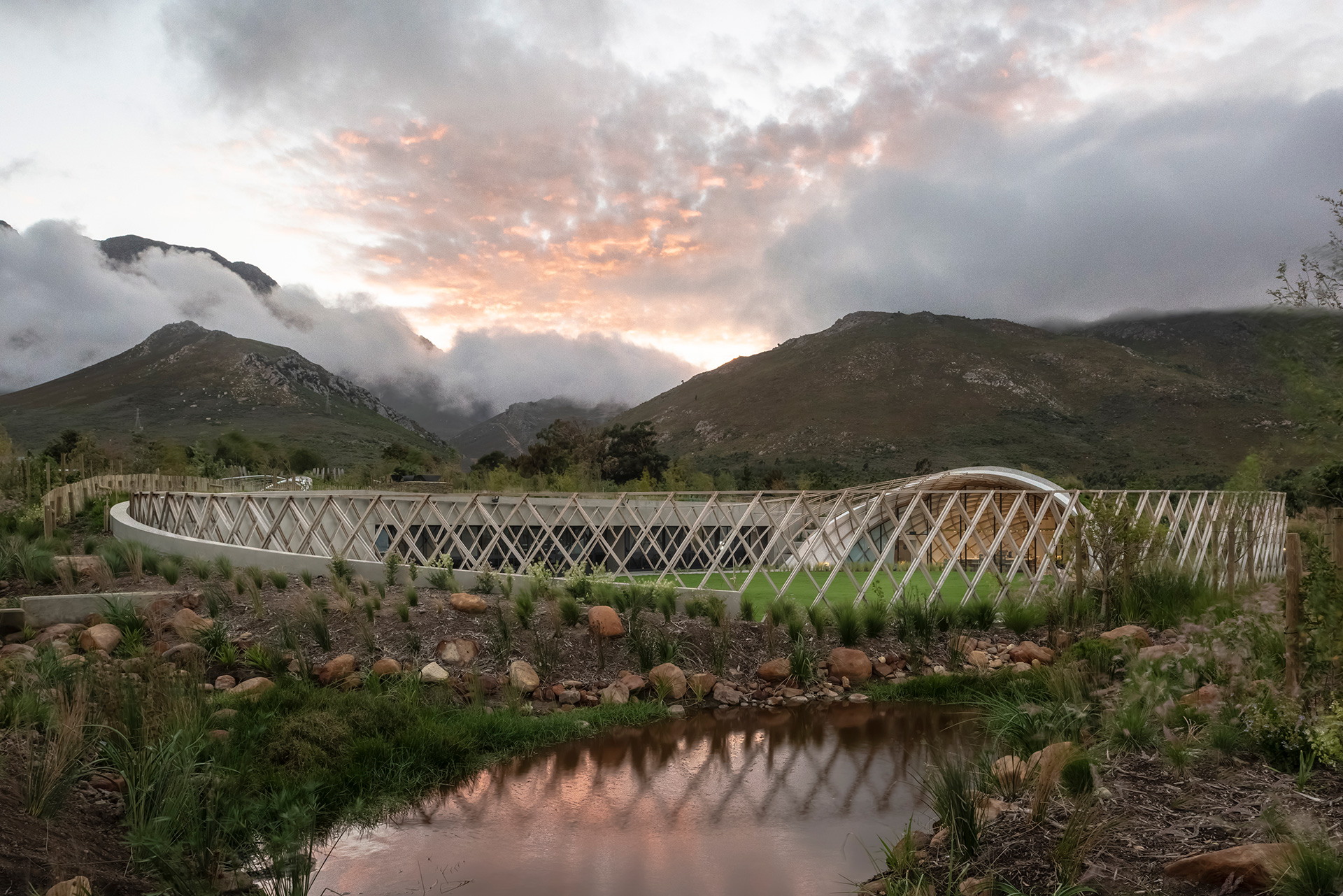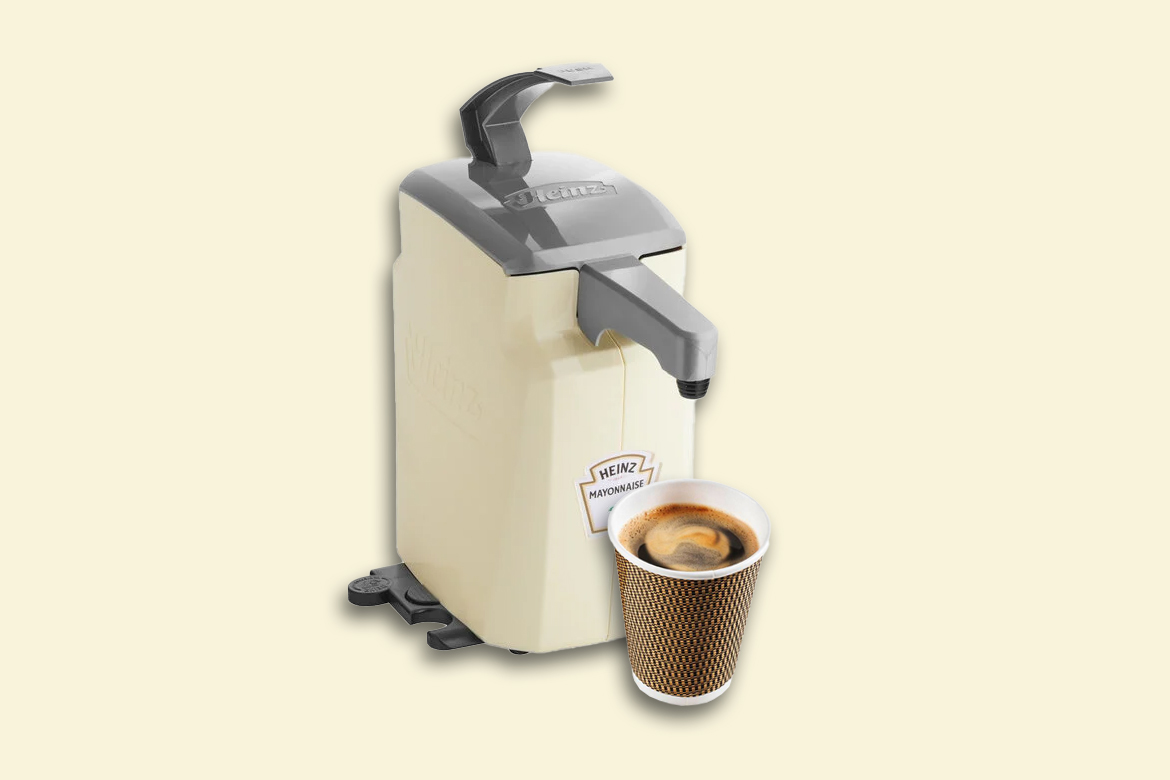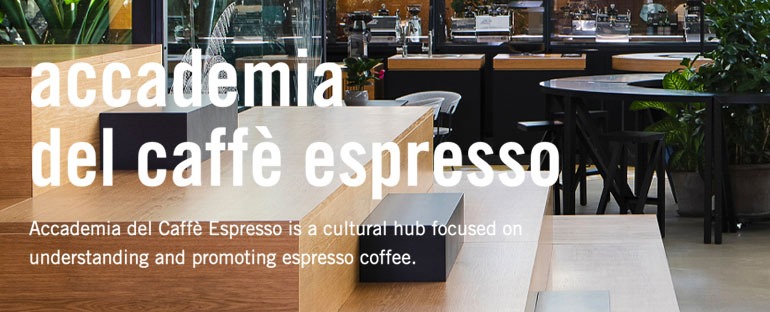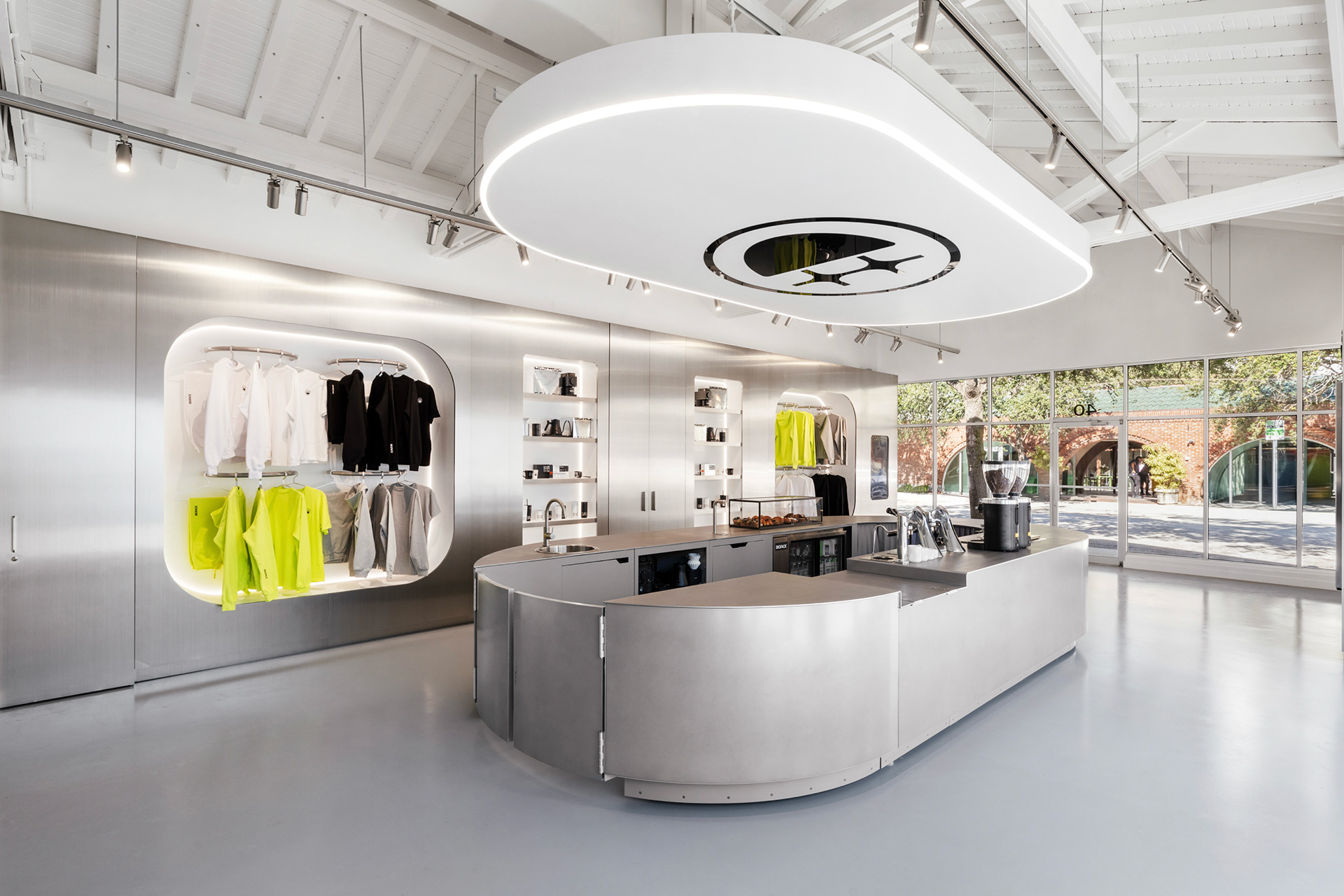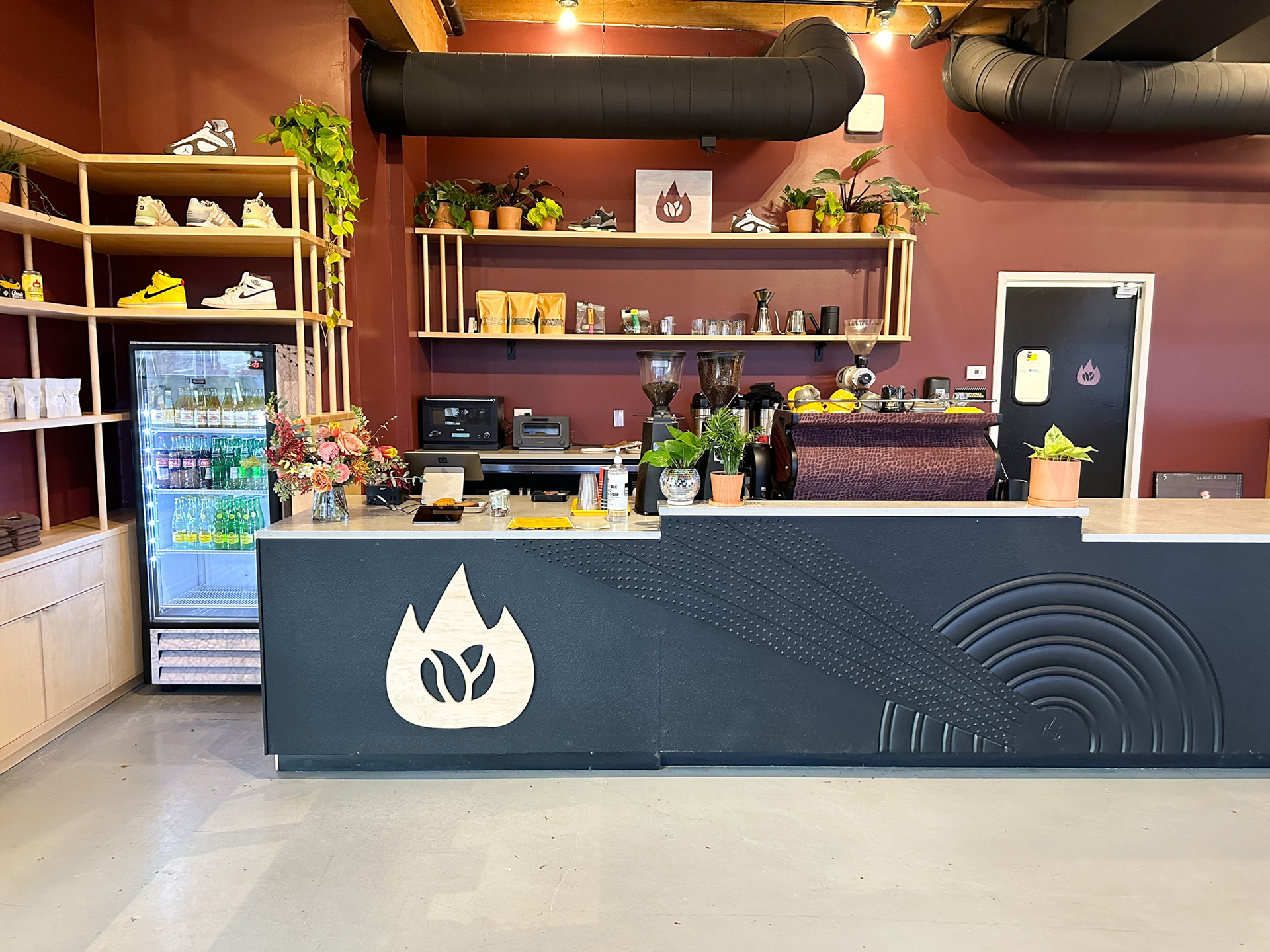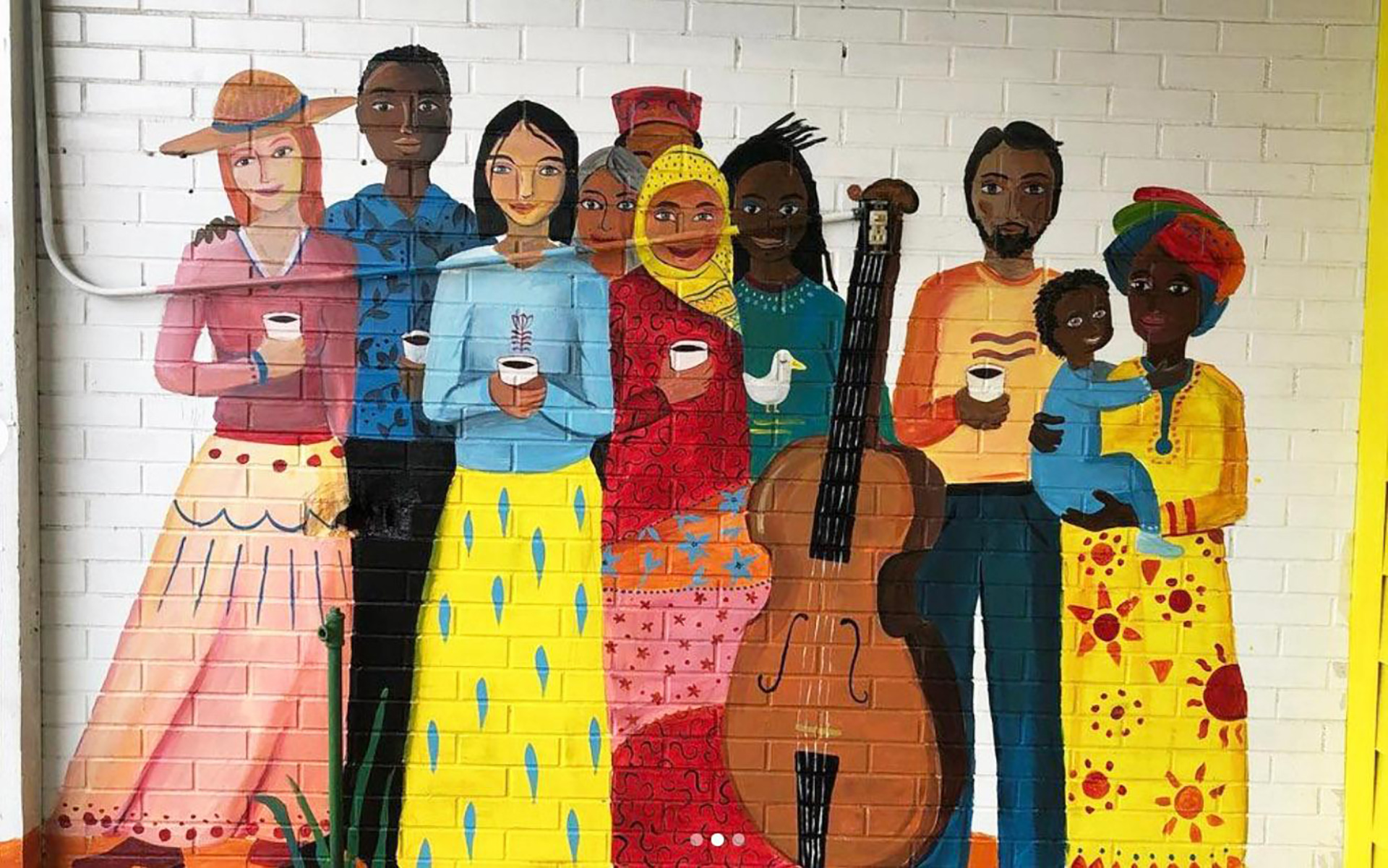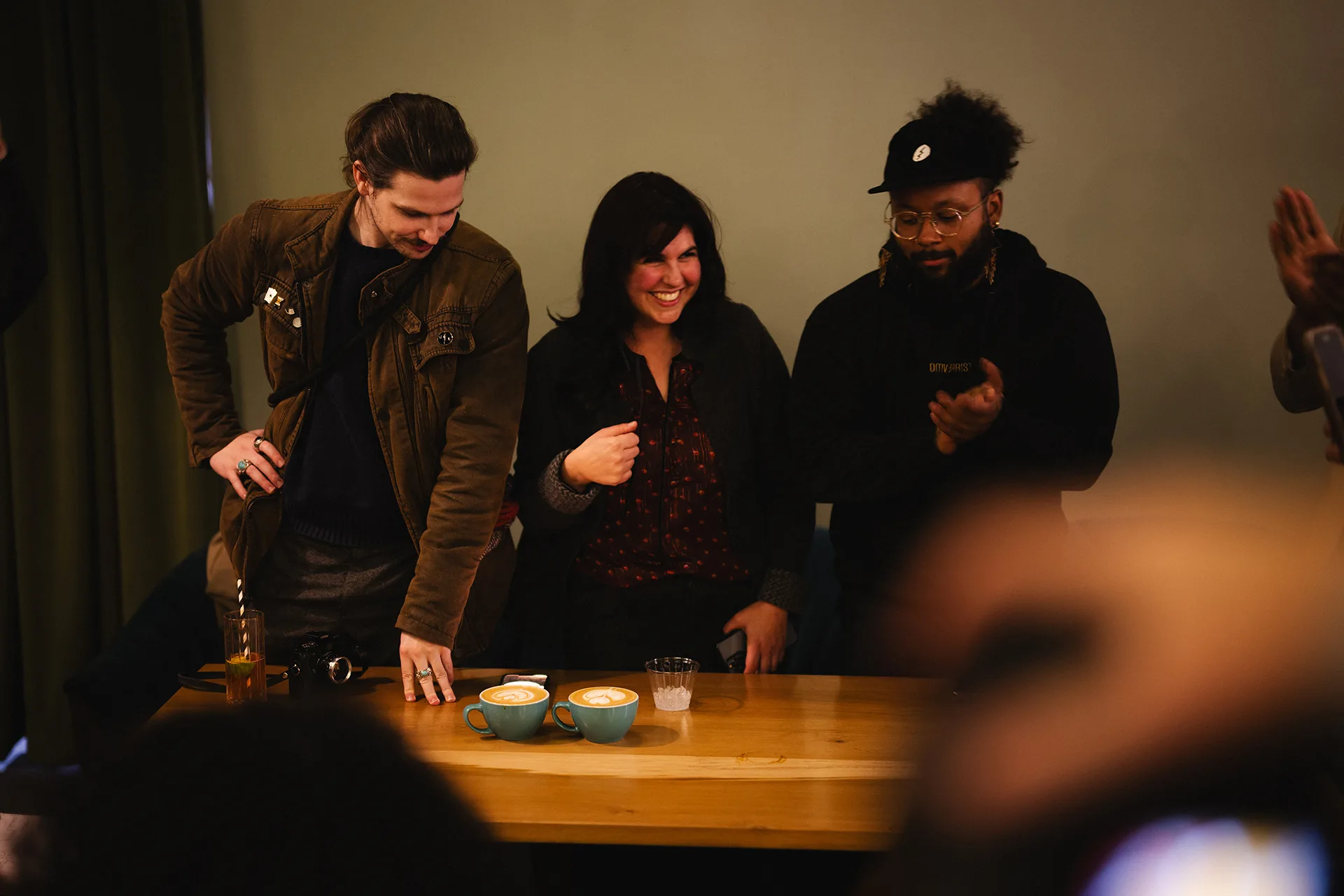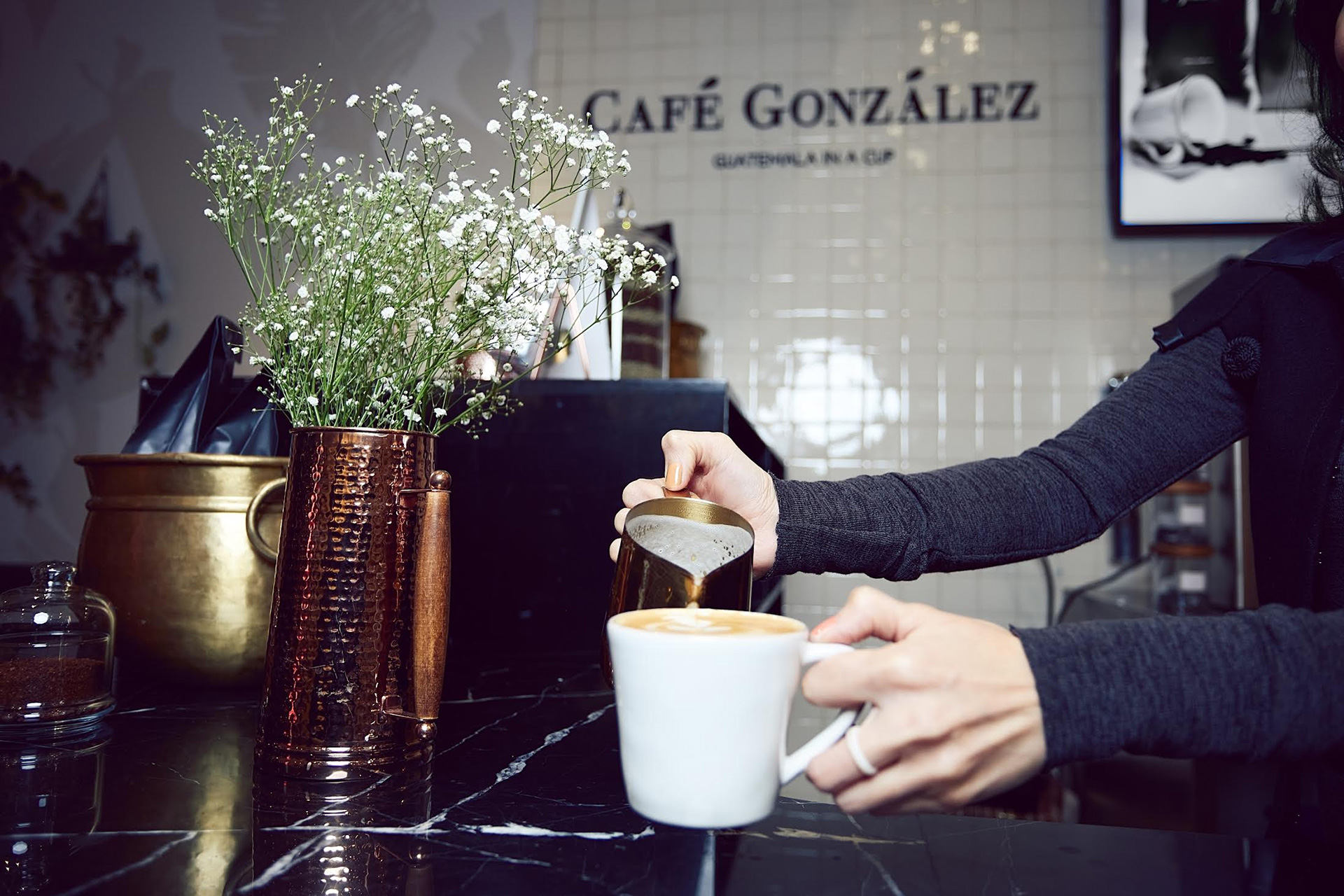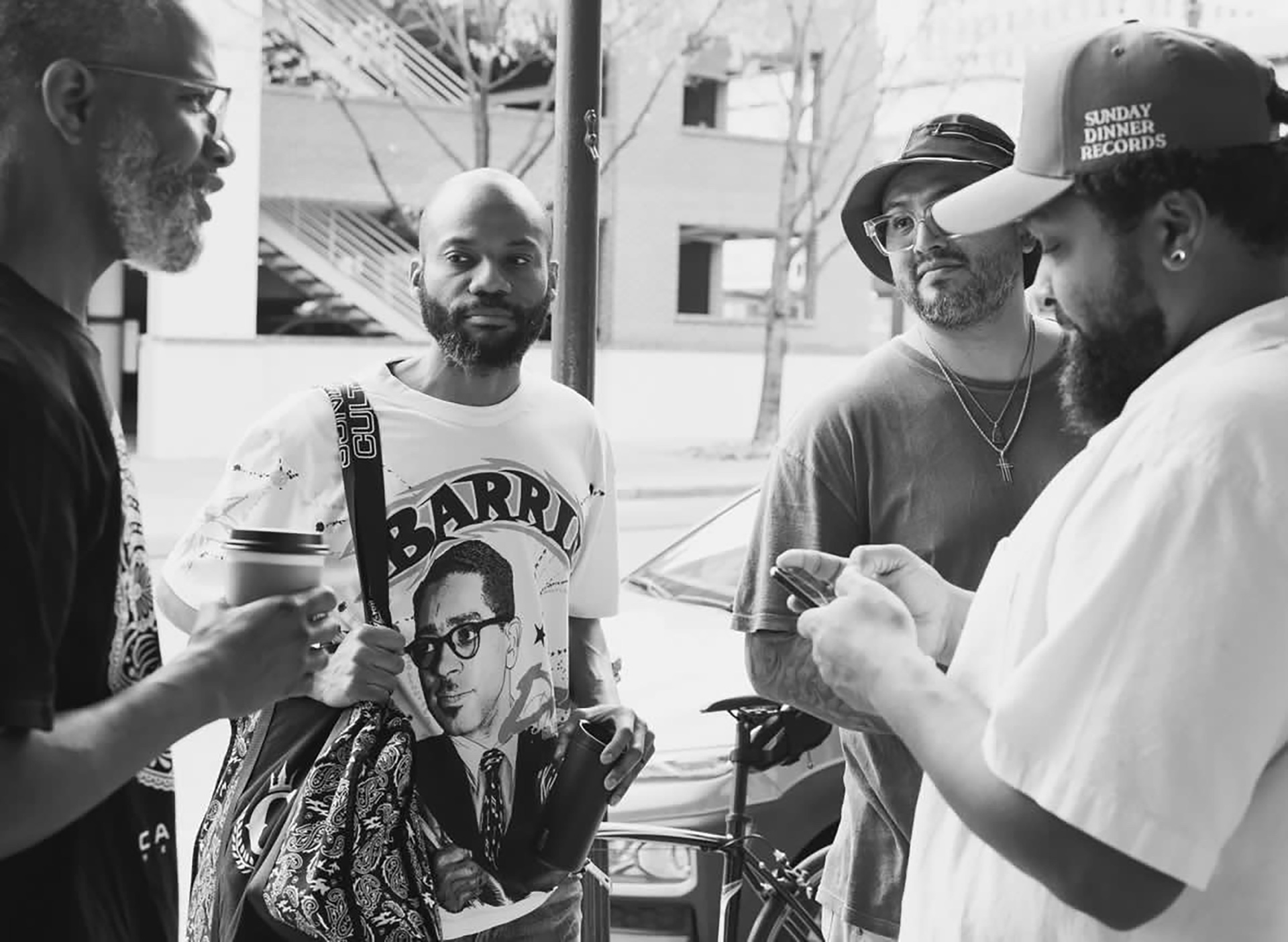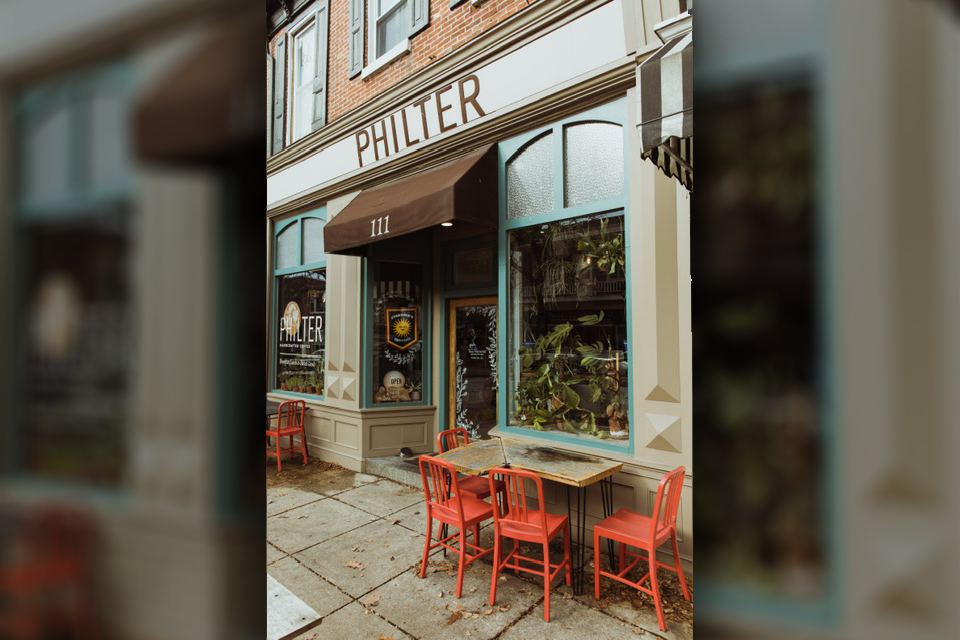Traveling around and soaking in nature is one of human’s easiest sources of mental health rejuvenation.
Plants don’t solve everything. But goshdarnit, they have such a wide array of benefits, they’re practically miracles in themselves. These benefits cover everything from reduced anxiety and stress to better sleep to reduced community crime. A pairing of plants and coffee is one of those magical, no-brainer combos that provides one with a sense of third space while reaping the benefits of greenery.
It’s one thing to travel with coffee via a travel brewing kit. It’s another to travel to coffee, a mindset that coffee professionals may be familiar with. “Let’s make a trip out of it,” as one would say. “It’s about the journey, not the destination” is a great self-help affirmation for life but for this article, the destination does matter. It’s the only way you’ll find yourself sipping on a cup of coffee… underground, above ground, in the middle of a forest, or surrounded by fields. There’s also the intriguing juxtaposition here of imbibing a caffeinated beverage while you’re encased in the calm vibes of nature.
“Remote” in this piece is defined as secluded, separated in some greater-than-usual space or interval. These are not places that you stumble upon when you’re wandering around a city on foot. The cafes are intentionally located in areas where people have to plan to reach them. It’s almost as if you’re forced to enjoy the drink and your surroundings. You have nowhere else to go.
In my research for these remote cafes, I found all sorts of places. Many existed in Asia, maybe because the weather and incredible forests are favorable for cafes that blend with nature. I found a few concept cafes—ones that architects dreamt up and may never be built—futuristic and idealistic of what could be.
“In 1950, 30 per cent of the world’s population was urban, and by 2050, 68 per cent of the world’s population is projected to be urban,” predicts the UN’s World Urbanization Prospects 2018 report. This urbanization is accompanied by many matters to pay attention to, including people’s access to green spaces.
Back in 1982, the Japanese government noticed an uptick in stress levels and other mental health issues. As a result, shinrin-yoku, or “forest bathing,” was created as a preventative health program. Forests cover 68.2% of land area in Japan and walking in forests was already a recreational pastime. It didn’t take much convincing to encourage residents to forest bathe.
Despite the simple phrase, it’s much more than sitting in a forest. Dr. Qing Li writes in his book FOREST BATHING: How Trees Can Help You Find Health and Happiness: “The key to unlocking the power of the forest is in the five senses. Let nature enter through your ears, eyes, nose, mouth, hands and feet… Drink in the flavor of the forest and release your sense of joy and calm. This is your sixth sense, a state of mind.”
The respect and dedication to preserving the surrounding green space are very apparent for Momogusa, an art gallery (Galerie Momogusa) and a cafe (Momogusa Cafe). Located in Tajimi, Japan, the former farmhouse is encased by forest and garden and you need to walk through both to reach it. While it looks like the building has been there forever, in actuality, it was built 120 years ago in Nagoya and then relocated to its current location. “It was difficult to create another world while harmonizing the whole because the cafe part was newly added there,” says gallery owner and sculptural ceramicist Masanobu Ando. To match the cafe portion designed by architect Yoshifumi Nakamura, the traditional Japanese farmhouse’s ceiling was lowered.
Exhibitions and Ando’s own pieces are displayed in rooms that resemble one’s daily life. “I studied the essence of traditional Japanese spaces, shrines, tea rooms, and tea gardens, and made use of them in this place,” he shares. “I want people to think about the relationship between art and craftwork from the view point of our most basic daily necessities—clothing, food, and housing,” Ando said when Galerie Momogusa first opened. He felt that the cafe was a necessary addition because the gallery was large and a visitor’s stay may be long. The cafe serves a menu that “suits the exhibition or season.” Here, coffee is only part of the overall Momogusa experience. It serves as a conduit for visitors to enjoy art and nature while reflecting on their relationship to a mass-consumption society.
View this post on Instagram
Momogusa is not the only cafe that exists to complement its surroundings. Burrow Café in Antipolo, Philippines took 10 months to build but for good reason. It’s not only located within a steep slope 95 steps down from the entrance but it’s also underneath a garden. Yes, I did write under. Because no heavy equipment was allowed in the area, construction had to be done by hand.
The Burrow is not your typical underground cafe-restaurant (this is a joke, I don’t know any other underground cafes). Instead of being enclosed in a cool temp, cavernous setting like you might be picturing, the side of the cafe opens up to a grand view of the forest. Vitty Gutierrez, owner and builder of the cafe, tells me that despite being underground, there’s an abundance of natural light and fresh air. The underground feature was a design choice to “take advantage of the slope and maintain our nature-themed place.” He adds that the cafe structure was “bent to fit the existing trees.”
In tune with the other designers interviewed for this article, Gutierrez says, “The cafe is not the focal point of the establishment. It simply frames the artwork of nature.” If you are to visit The Burrow, the website provides helpful visitor tips such as “We discourage high heels unless you are an expert.”
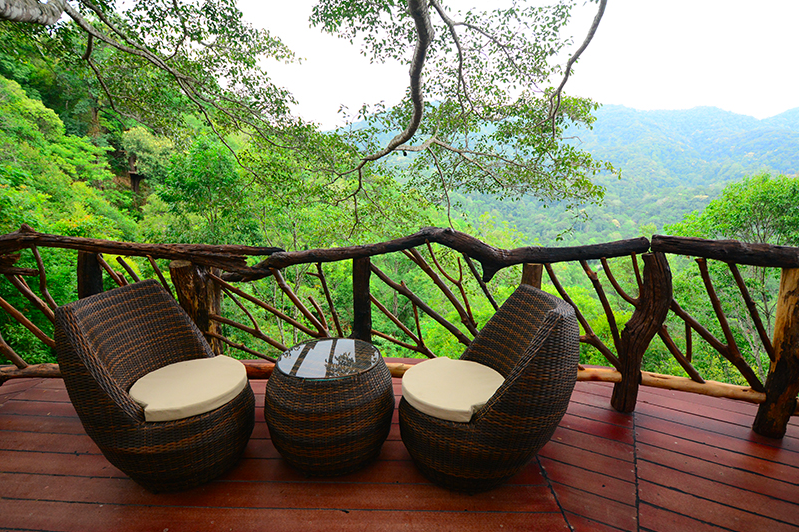
So now that we’ve covered the forest and the underground, it’s time to move up into the air. The Giant Chiangmai Thailand in Thailand is a cafe and restaurant built in the air, around a very large tree. You would think that designing a treehouse-cafe would be the trickiest part but owner and designer Khun Mickie tells me otherwise: “The challenge was how to build the construction without touching the tree or damaging the tree. So we tried to design the building to surround the tree but look like it’s hanging on the tree.”
Khun says that the project began because of a desire to develop the village he lives in. At the time, Baan Pok Village had no telephone signal and the roads around it were poor. Construction took a year and materials had to be hauled in from Chiangmai. “Because our village is too small, nobody wants to spend money to develop,” he says. “So, we have to make our village to be a popular place. Luckily, we have a very, very big tree on our coffee plantation.” After opening, The Giant proved to be “very popular” and the village was finally updated with telephone and road service.
To arrive at the treehouse, it takes around two hours to drive from Chiangmai and up the narrow, mountainous roads. It’s recommended for you to not drive yourself but instead to hire a local person to escort you up. The Giant is more than a tourist destination cafe. There are accommodations for overnight stays and activities like zip-lining. I imagine that enjoying a coffee while suspended in the jungle would be one of those unique experiences that you tell everyone about.
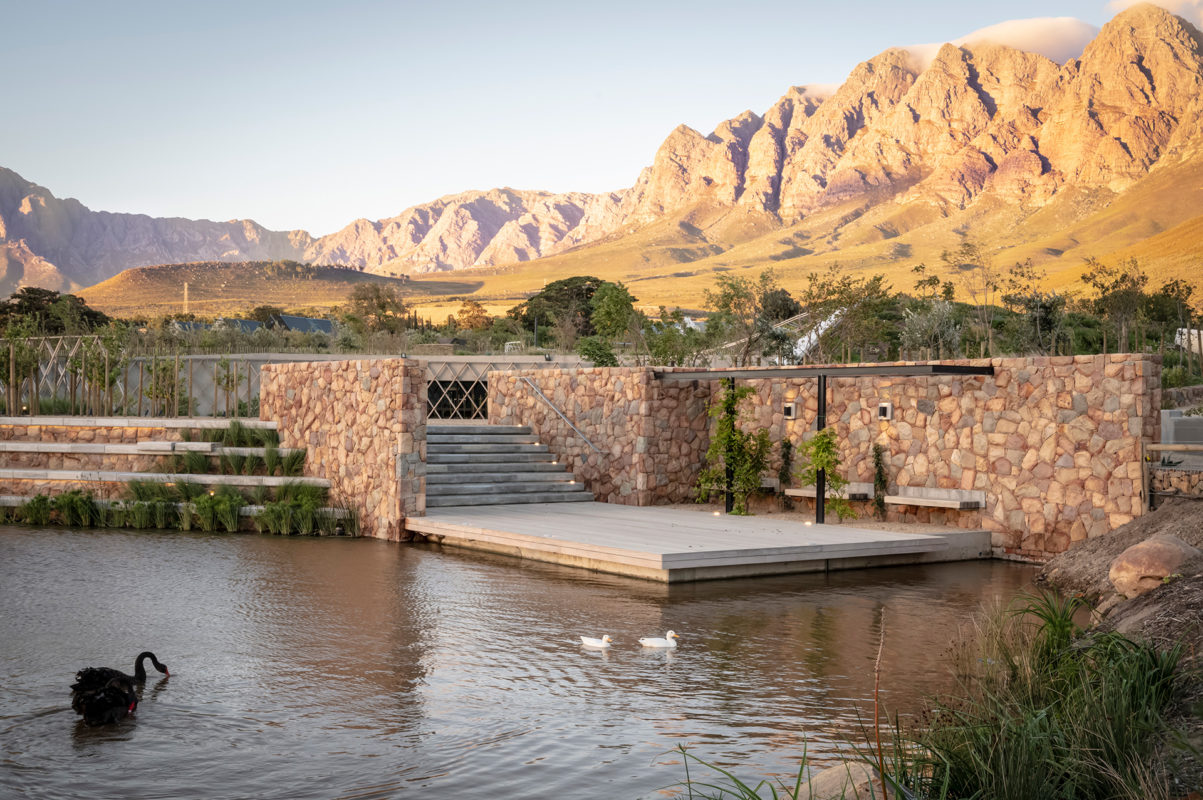
And speaking of unique experiences, we’re changing continents to reach BOSJES in South Africa. It’s a 90-minute drive from Cape Town and, like the other cafes highlighted here, does not have just a cafe. The property used to be a farm but it now features a curved chapel, restaurant, sleep accommodations, gardens, and a spa.
“BOSJES philosophy is to tread carefully and mindfully on nature,” CEO Carlen Vorster tells me. “In our brief, we asked that the buildings tie in harmoniously with nature and basically be hidden so as to not make a visual disturbance in the landscape. This was achieved by burying the buildings in the landscape and with planted roofs, basically causing it to be camouflaged.” Another reason for partially sinking the building was to shield it against very strong winds.
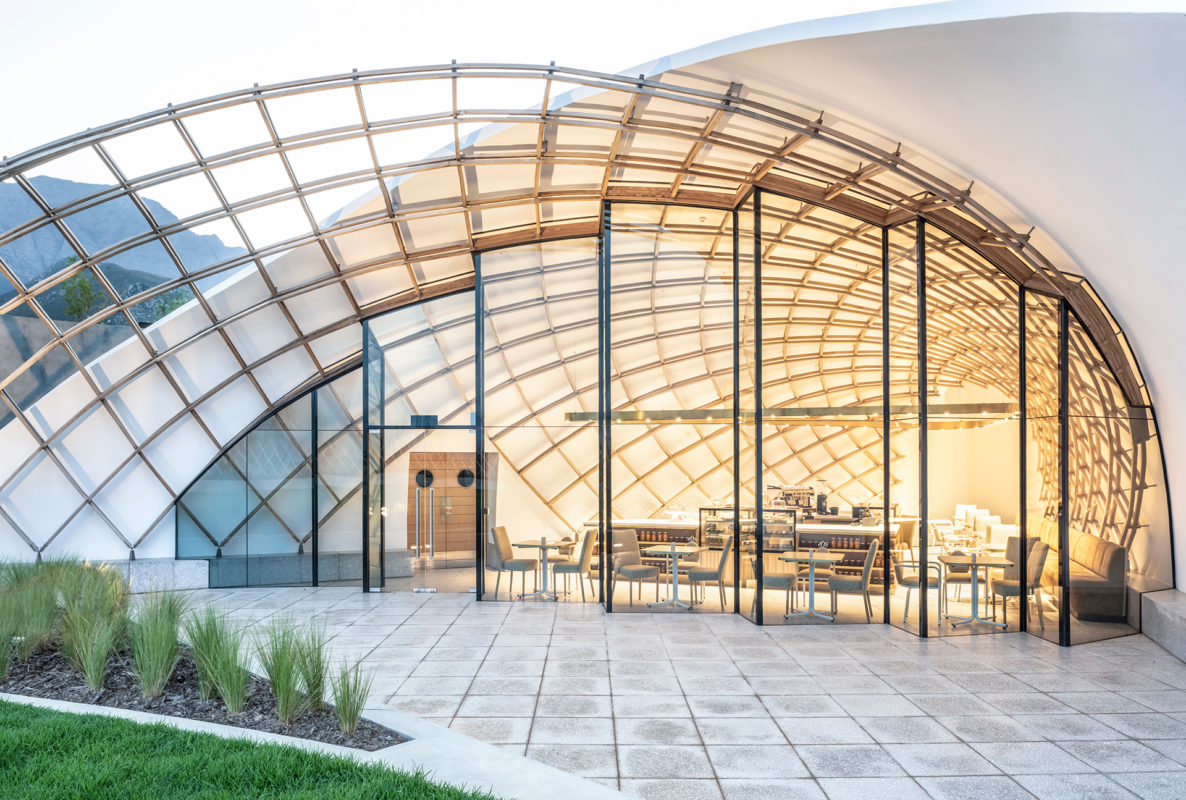
The Spens, the garden cafe, is backdropped by the Waaihoek and Slanghoek mountains and features a latticed, arched roof that also doubles as a garden. “The design is intended to ‘embrace’ through its curved section and plan form,” says Coetzee Steyn, Director of Design at Steyn Studio, the design architects on the project. He mentions the organic curvature to be reminiscent of being back in the womb and also of “primitive beginnings, like a cave dweller sitting in his cave.” The trellis (expected to be further camouflaged by climbing plants) was designed to draw you into the building so you can, in turn, look back out into the landscape.
Because of its remote location and its original existence as a farm, building BOSJES required a lot of research into and the creation of infrastructures like running electricity, roads, sewage, and more. Designed by Square One Landscape Architects, the green spaces also work as “integrated water management” and “playscapes to get children and adults to engage with the elements.” The cafe’s innovative design has won multiple international awards, including one from Prix Versailles, the world architecture and design award run by UNESCO.
Is the future of cafes multifunctional and blended with nature?
The Ring Garden concept, designed by architecture firm RAD+ar, began with the question “What if functional spaces and the very definition of the building only acted as an envelope of an open garden?” Ideally, it’s a green civic space solution that’s offered up as a getaway from the surrounding Jakarta cityscape. Visitors move down its circular path to the cafe, which features furniture that’s purposely “undefined, blended with the hardscape and feature of the landscape.” The third space—be it a garden or cafe or both—is defined by the visitors themselves.
Another concept design, Leaf and Bean Coffee Co Pavilion in Germany was designed by Mask Architects to “provide an unforgettable experience without disturbing the mathematics and physics of nature.” Featuring a cafe, library, and recreational area, the structure is meant to change your viewpoints as you wander around. The architects write, “The project focuses on a symbiotic relationship between the provided transparency of the glass pavilion and the adjacent forest, where the natural landscape outside begins to mingle with pavilion spaces within.”
The cafes featured here exist in remote areas and as travel destinations while the concept cafes propose the blend of nature in an urban space. These days—when the only predictable expectation is upheaval and inconsistency—the tranquility of enjoying a cup of coffee while surrounded by plants is more than welcome.
Jenn Chen (@thejennchen) is an Editor At Large at Sprudge Media Network. Read more Jenn Chen on Sprudge.









